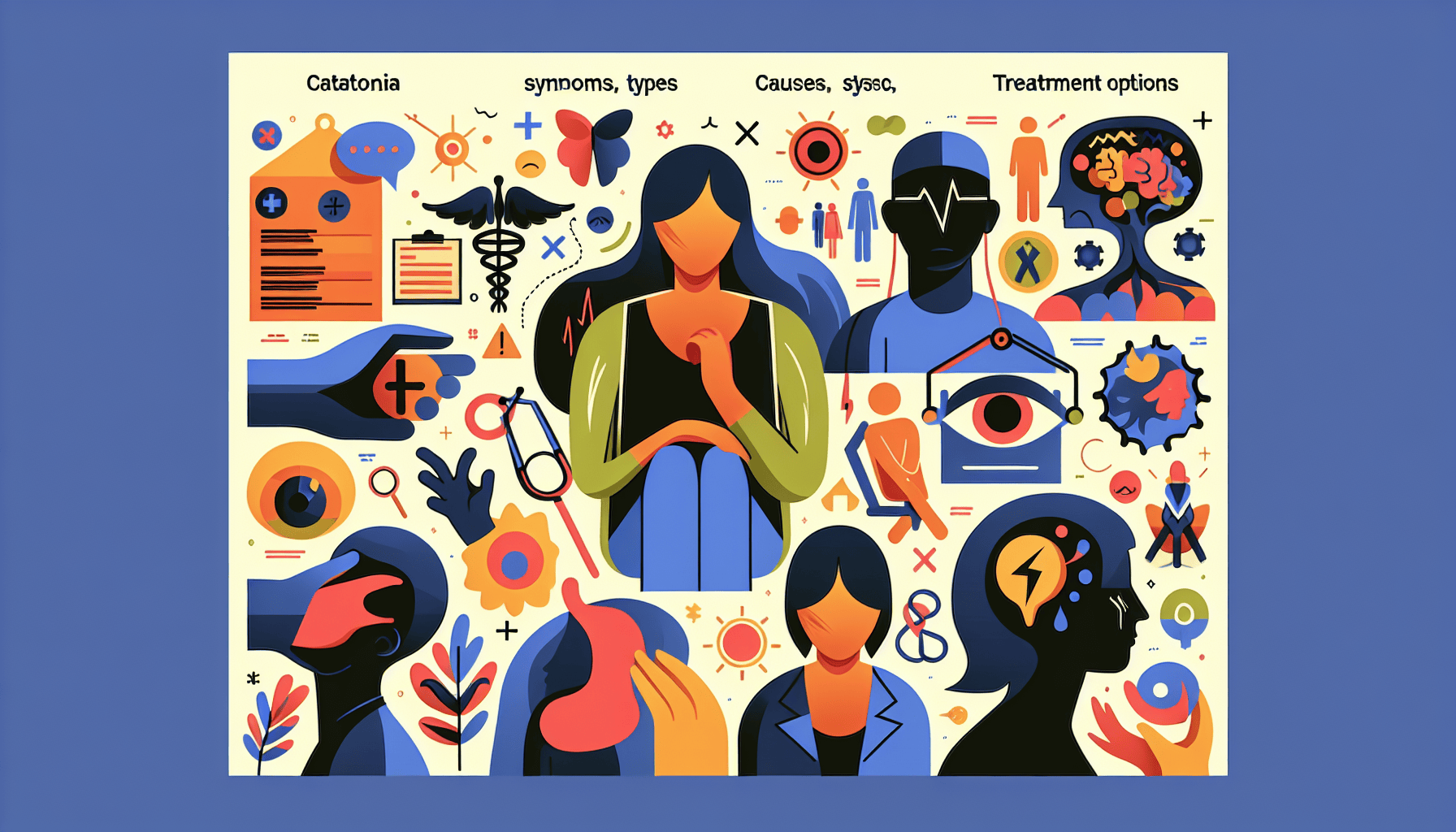Tirzepatide for Sleep Apnea - Can It Help?
Understanding Sleep Apnea and Its ChallengesSleep apnea is a common yet serious sleep disorder characterized by repeated interruptions in breathing during sleep. These pauses [...]
Read More
Medically reviewed by Abhijit Bhattacharyya | MD, PhD, MBA, Tufts University School of Medicine - Miami, Florida on March 18th, 2024.
Catatonia is a group of symptoms that primarily involve a lack of movement and communication. People with catatonia may also experience agitation, confusion, and restlessness. While previously thought of as a type of schizophrenia, doctors now understand that catatonia can be associated with other mental illnesses and certain medical conditions that disrupt the body's metabolism.
Doctors can diagnose someone as catatonic if they exhibit any three of the following signs:
Not responding to other people or their environment
Not speaking
Holding their body in an unusual position
Resisting people who try to adjust their body
Agitation
Repetitive, seemingly meaningless movement
Mimicking someone else's speech
Mimicking someone else's movements
There are three main types of catatonia:
Akinetic catatonia: The most common type, characterized by a blank stare, lack of response, and unusual body positions.
Excited catatonia: Involves pointless and impulsive movement, agitation, and mimicking others' movements.
Malignant catatonia: Occurs when symptoms lead to dangerous changes in blood pressure, body temperature, breathing, or heart rate.

The exact cause of catatonia is not well understood, but it is most often associated with mood disorders or psychotic disorders, such as depression, bipolar disorder, schizophrenia, post-traumatic stress disorder (PTSD), and autism spectrum disorder (ASD). Approximately one-third of people with catatonia also have bipolar disorder.
In addition to mental illnesses, several physical conditions can lead to catatonia, including:
Conditions that affect body chemistry, such as kidney problems, diabetes, and thyroid disorders
Parkinson's disease, which attacks the body's nervous system
Encephalitis, an infection that affects the brain
Autoimmune conditions
Drug induced (neuroleptics, withdrawal from benzodiazepines or alcohol)
The primary treatment for catatonia is a type of sedative called a benzodiazepine, which is often used to ease anxiety. Another treatment option is electroconvulsive therapy (ECT), which sends electrical impulses to the person's brain through electrodes placed on their head. ECT may be recommended if sedatives are ineffective, the catatonia is severe, the person has had catatonia before, or quick action is needed to save someone's life.
Catatonia can be treated effectively, but if left untreated, it can lead to life-threatening problems. If you or someone you know is experiencing symptoms of catatonia, it is essential to seek medical attention promptly to ensure the best possible outcome.
Understanding Sleep Apnea and Its ChallengesSleep apnea is a common yet serious sleep disorder characterized by repeated interruptions in breathing during sleep. These pauses [...]
Read MoreHeart attacks are often perceived as a predominantly male health issue, but the reality is that heart disease is the leading cause of death for women worldwide. Recognizing [...]
Read MoreTelehealth has transformed the way patients access healthcare, offering convenience, speed, and accessibility that traditional in-person visits often cannot match. With the [...]
Read More